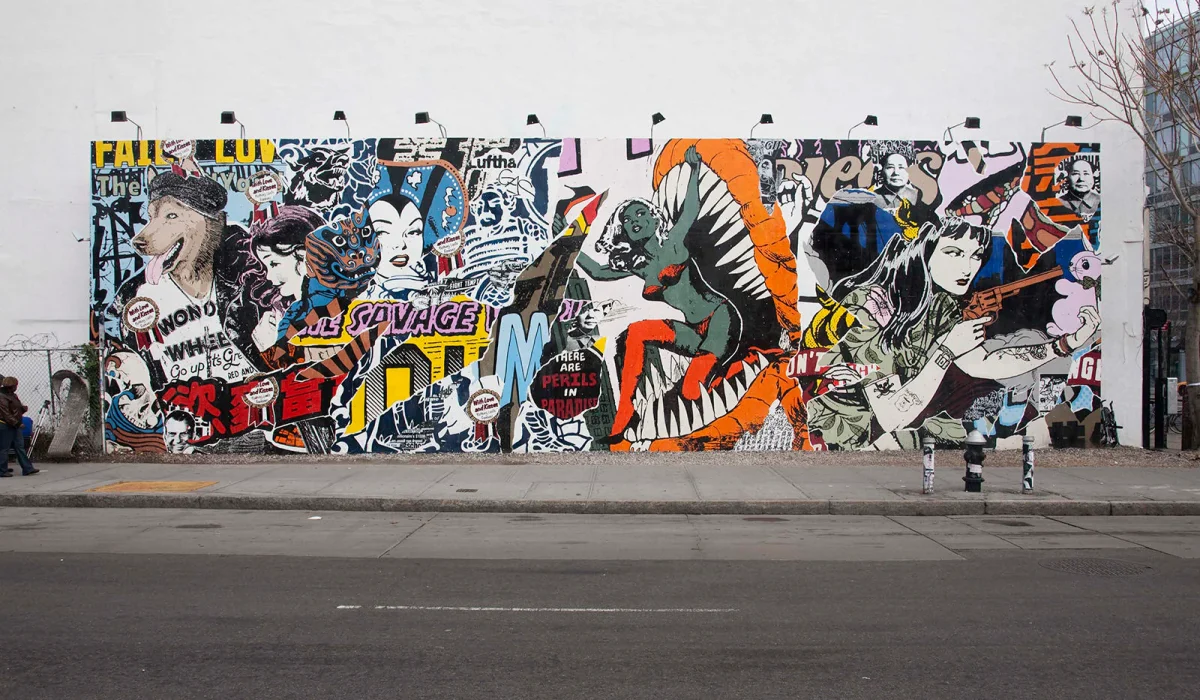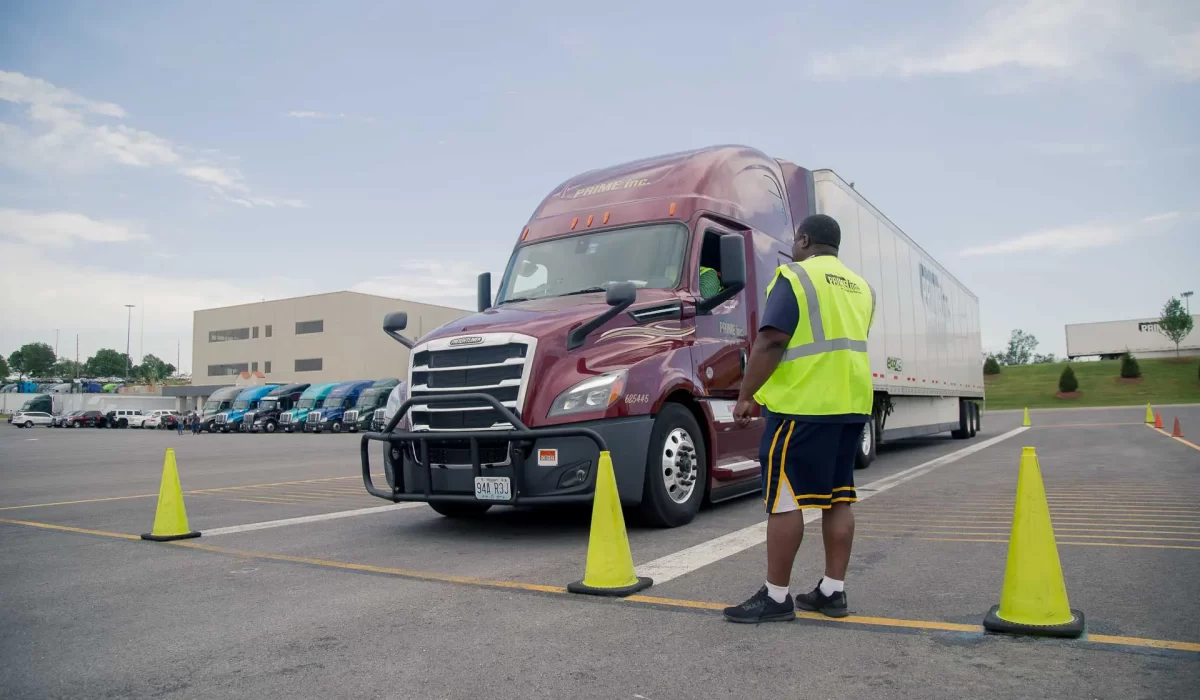Webtoons and traditional comics represent distinct formats for consuming visual narratives. Traditional comics, often printed on paper, have a rich history dating back to the early 20th century, with iconic characters like Superman and Batman gracing the pages of comic books. On the other hand, 툰코 are digital comics optimized for online viewing, primarily accessed through mobile devices or computers.
Format and Layout
One of the most noticeable differences between 툰코and traditional comics lies in their format and layout. Traditional comics are typically presented in a page-by-page format, with panels arranged in a grid structure that readers navigate through by turning pages. In contrast, webtoons utilize a vertical scrolling format, where panels are stacked on top of each other, allowing readers to scroll seamlessly through the story. This layout is optimized for mobile viewing, offering a more immersive and dynamic reading experience.
Accessibility and Distribution
Another key distinction is in the accessibility and distribution channels of webtoons and traditional comics. While traditional comics are often distributed through comic book stores, newsstands, and libraries, webtoons are primarily available on digital platforms and apps. Platforms like Webtoon and Tapas offer a wide range of webtoon titles that readers can access anytime, anywhere, making them highly convenient for modern audiences.
Art Style and Design
Art style and design also play a significant role in differentiating webtoons from traditional comics. Traditional comics often feature detailed artwork with emphasis on panel composition and page layout. In contrast, webtoons tend to prioritize simplicity and readability, with larger panels and bold, colorful artwork optimized for digital screens. This difference in art style can impact the storytelling approach, with webtoons often focusing more on visual impact and pacing.

Interactivity and Engagement
Webtoons stand out for their interactive and engaging features, fostering a sense of community among readers and creators. Many webtoon platforms offer features such as comments sections, likes, and shares, allowing readers to interact with the content and express their opinions. Creators often engage directly with their audience, responding to comments and incorporating feedback into their work. This level of engagement enhances the reading experience and creates a strong sense of connection between creators and fans.
Serialization and Updates
One notable aspect of webtoons is their serialization and regular updates. Webtoons are typically released in episodes or chapters, with creators updating their series on a regular schedule. This episodic format encourages readers to return frequently to check for updates, building anticipation and loyalty over time. In contrast, traditional comics are often released in single issues or collected editions, with less frequent updates and longer gaps between releases.








